I am pleased to present you another guest contribution by a friend and colleague of mine – DeepForest. Being an avid Bushcrafter and Outdoor Specialist, he took a closer look at the LifeStraw.
Introduction
During outdoor trips which take several days, sufficient supply with drinking water can be quite a challenge. Depending on temperature and weather, about 2 to 5 liters per person per day (maybe even more) are needed. Which means, if you want to take it with you, 2 to 5 kg additional weight have to be carried – for every day of your trip. There are quite good systems for carrying water, like special bottles or canteens, built-in waterbags for backpacks or foldable canisters, but the weight and volume needed remains to be a problem, especially on long tours.
Finding Water
In many regions, especially in Europe, finding water sources is basically not very difficult – the problem is that most of the water found must be purified somehow to be drinkable without the risk of getting sick or even poisoned. Water purification can be done in many ways – for example chemical (with certain disinfecting chemicals, but with the problem that these chemicals are also dangerous for the human metabolism) or by boiling the water which kills biological harms like bacteria, but not chemical ones. And boiling water for one person every day by fire takes quite some time.
The idea behind waterfilters, like the ones used by emergency responding teams, the military or by aid agencies in third-world countries, is to be able to make large amounts of water drinkable with as less effort as possible. But such filters are usually quite large, are not easy to maintain technically, they also often use chemical components (that have to be removed from the “purified” water afterwards with other chemicals) and are quite expensive.
LifeStraw
To make a waterfilter that is easy to use, light and cheap, was the idea behind the startup “LifeStraw”, which started with the development of a simple but effective waterfilter system. They wanted to develop a handheld system that can be produced in large amounts fast and cheap, with a large capacity and that can be handed out to people with just short explanations needed.
The solution to the problem was a nanofiber with openings small enough to be even too small for bacteria to pass through (about 0,2 Micron) within a tube small enough to be carried easily. The result, the “LifeStraw”, is like a bulky drinking straw. Using the device is simple: holding the bottom end into the water source and drinking from the other end like from a straw in a glass. By applying underpressure with the mouth, the water gets sucked through the filter and leaves the straw purified and drinkable.
Buildup
The principle looks simple and effective – and it is. It works very well. The straw is light (about 57 grams for the plastic version), small (about 22,5 cm in length and about 2,2 cm in diameter for the plastic version) and quite durable.
There is a LifeStraw version with plastic casing and one with metal (I tested the plastic version). It can be carried in a backpack, in a larger survival kit or with a cord around the neck.
Both openings of the LifeStraw, the end for the water source and the mouth piece, can be closed with lids to prevent them to be soiled. According to the developers, the nanofilter inside has a capacity of about 4000 liters before it should be replaced (replacement filters can be purchased at the company itself or at several online outdoor retailers, and the straw can be opened without much effort to replace the filter).
The only two things that are important to know for using the LifeStraw:
- First, the filter should be blown out or if possible, back-flushed with clean water after a tour to clean the filter.
- Second, after use the straw should be kept open in order for the filter inside to dry out (to prevent things like mold inside the straw).
In Use
Despite the fact that the openings in the nanofilters of the straw are very small, it does not need much more underpressure to drink with the straw, compared to an ordinary drinking straw. I expected much more “effort” due to the filtering process.
But the little pressure needed is also, from my point of view, the only disadvantage of the system: The “LifeStraw” is a system designed to be used by one person for personal use. It is not possible to use the straw as a filter for larger amounts of water just using gravity – the water will only pass through very slow. It can only be used for drinking from the source directly or a canteen. But to be fair – this is exactly the purpose the “LifeStraw” was made for. There are already larger waterfilters available, based on the same principle, but they are from my point of view too large for common outdoor and backpacker use. Other quite interesting options are for example drinking bottles with built-in “LifeStraw” water filters.
I have tested the “LifeStraw” for several months now – consuming water from different kinds of sources. I have tried it with water from small lakes, creeks, puddles and even swamps – with no problems whatsoever afterwards. According to my experience, physical (like small pieces of organic matter, mud or sand) and biological contaminations (like bacteria, viruses or harmful spores) are filtered perfectly. And when you dry the filter out afterwards, no bad or “rotten” smell from the filter can be noticed.
It is for sure recommendable to back-flush the filter after returning home using a clear source of water to remove all filtered matter left. Also drying out the filter after every use should be done. But that is all to know to use it properly. The only question that remains is how good the filter works against water contaminations on a chemical basis (like oil or other chemical substances).
When it comes to substances that float on the surface of the water (like oil), the solution is easy – sticking the straw deep in the water source below the contaminated surface. With chemical contamination that do not float, it gets more complicated – and such substances, depending on their chemical structure, can also pass the filter, like water does. Here, and only here, the LifeStraw reaches its limits, from my point of view and understanding.
Conclusion
To summarize: The “LifeStraw” is a very good tool for additional water supply on outdoor trips. When chemical contamination of a water source can be ruled out, it is a perfect replacement for other supplies of drinking water. It is easy to carry, easy to apply and easy to maintain – and saves the time which would be necessary for other purifying methods, and therefore can be used without much effort “on the run”.
The only knowledge you must have when carrying one is how to find a water source. All these advantages more than justify the average price of about 24 Euros for the plastic version (the one with metal casing is around 57 Euros). Therefore, I can really recommend buying and using one – it is a great help to manage your supply with drinking water on longer outdoor trips.

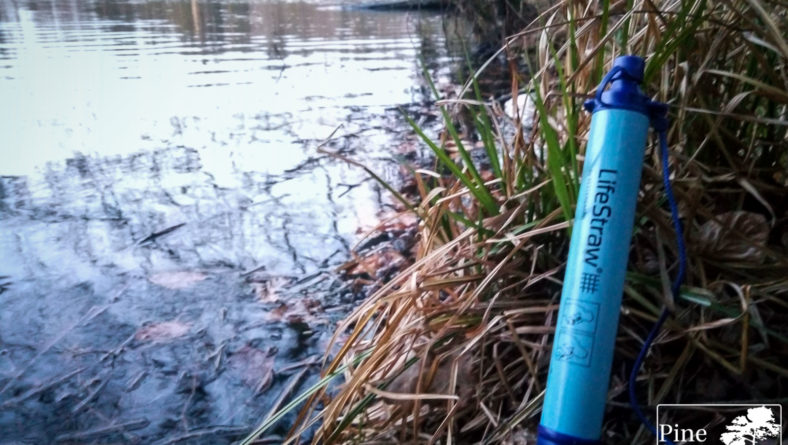
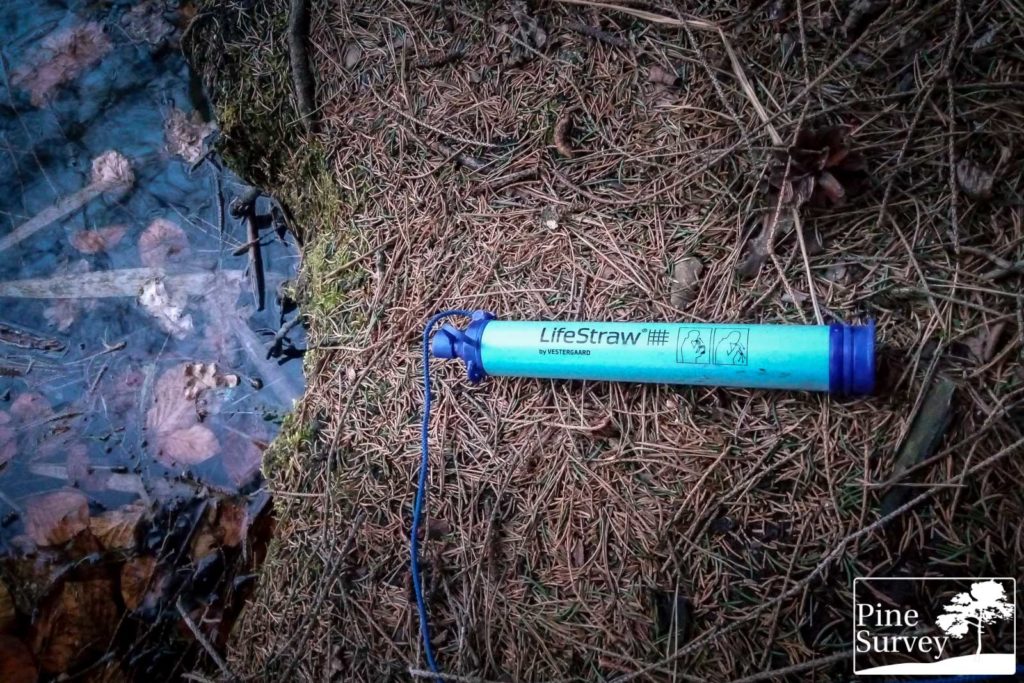
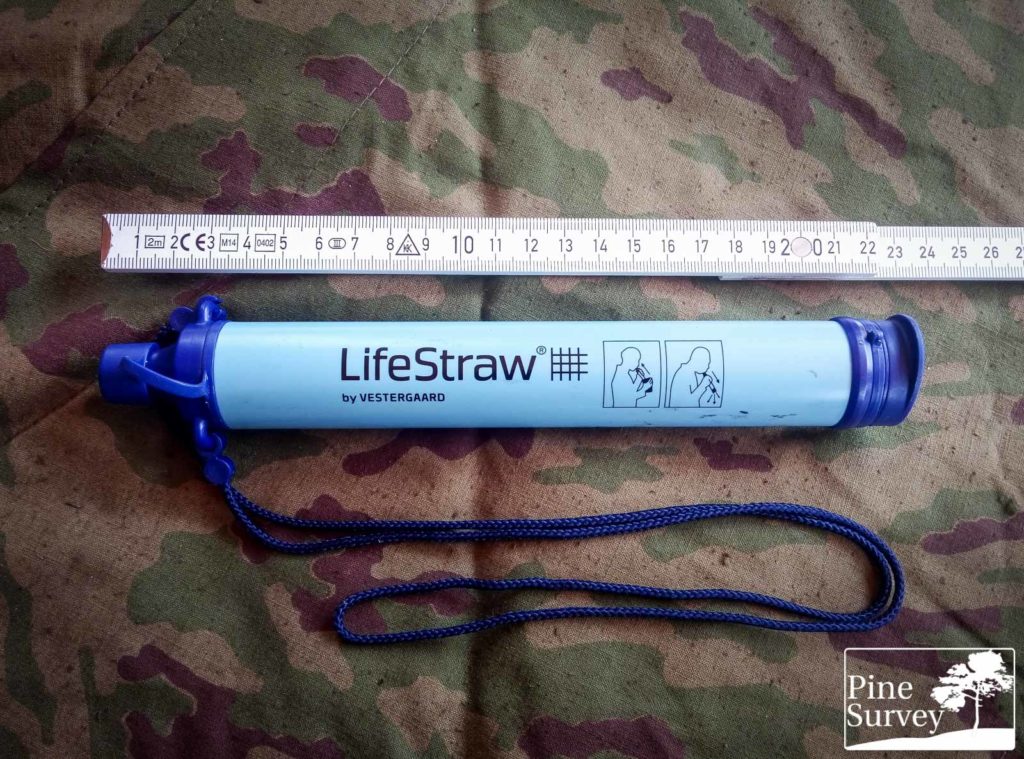
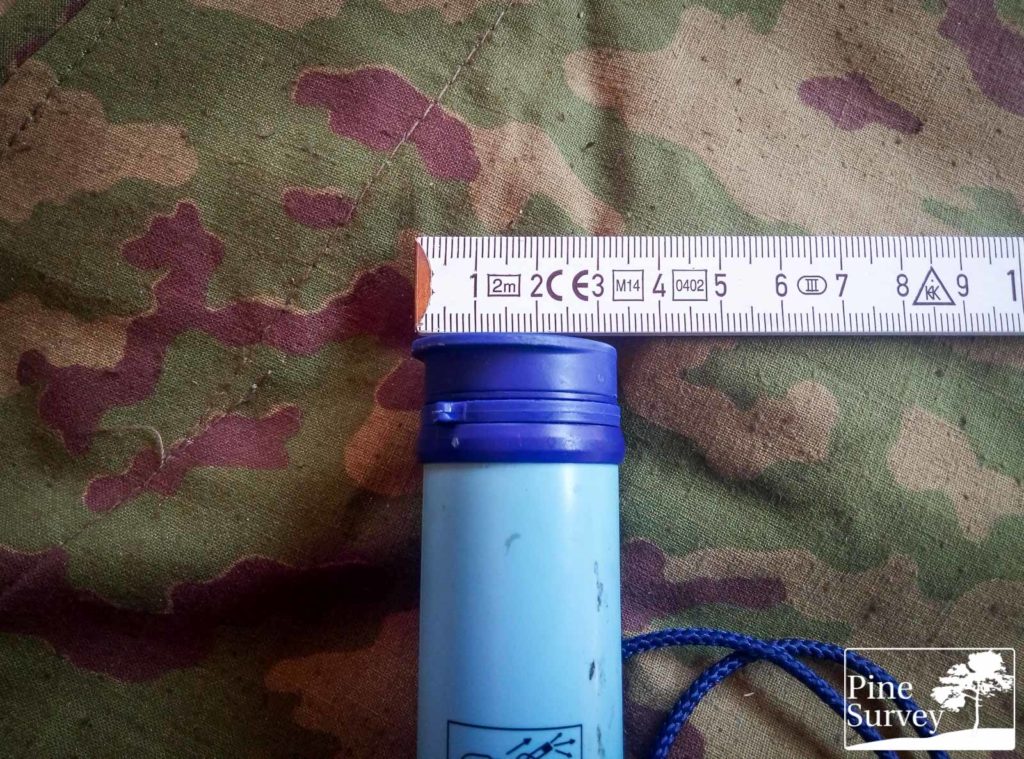
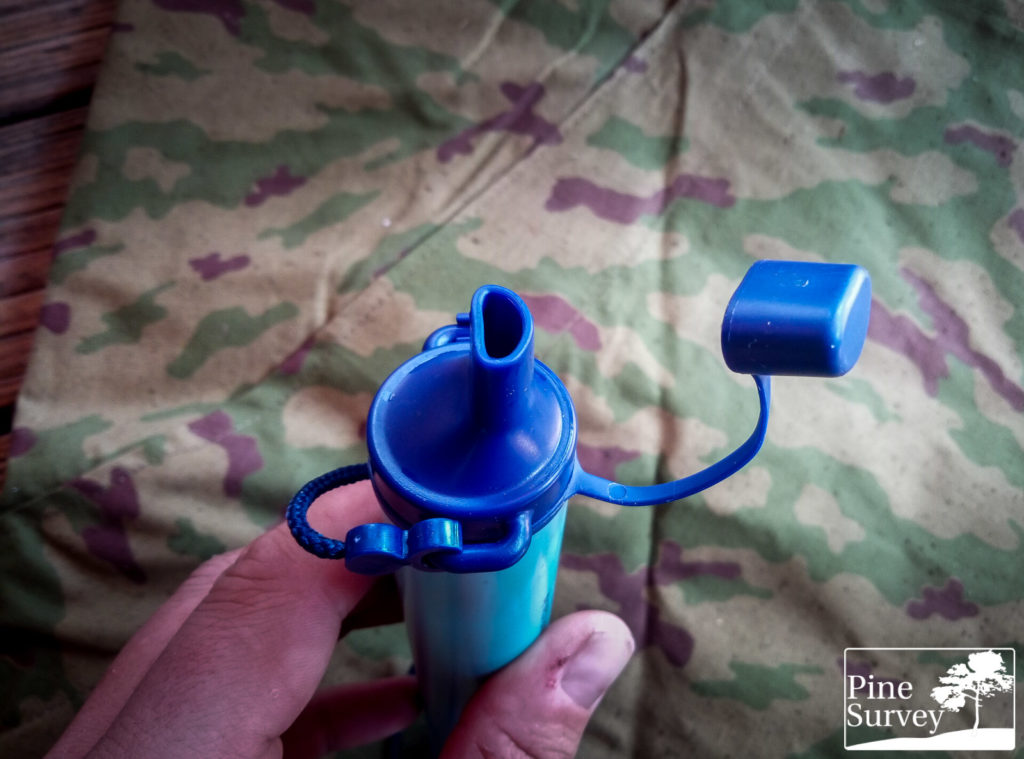

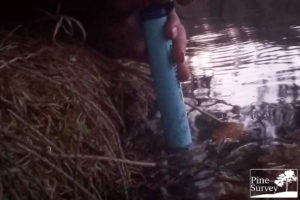
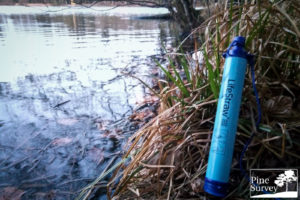
No Comment
You can post first response comment.